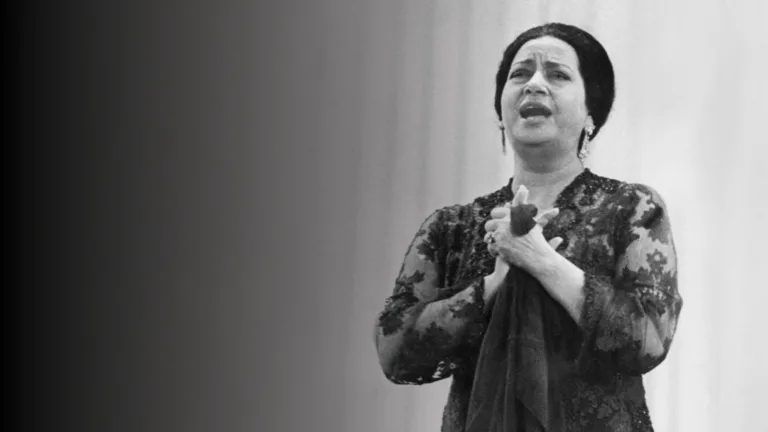The movie has been accused of lacking originality due to its similarities with the 1992 Egyptian film Al Irhab wal Kabab.
Marrakech – Saïd Naciri’s film “Nayda” has become an undeniable sensation on YouTube, amassing nearly 13 million views within just six days of its release.
The film, blending social drama and comedy, follows the story of Saïd and his friends, who live in a working-class neighborhood in Casablanca.
After repeated failures to secure basic social and economic rights, they resort to taking hostages, including diplomats and high-ranking political figures, in a desperate attempt to deliver their pleas.
What begins as a demand for justice quickly escalates, turning ordinary citizens into presumed terrorists.
This gripping narrative has captivated the Moroccan audience, striking a chord with widespread feelings of frustration over poverty and marginalization.
A controversial similarity
Despite its overwhelming success, “Nayda” has not been without controversy.
Critics have pointed to striking similarities between Naciri’s film and the 1992 Egyptian film “Al Irhab wa lkabab” (“Terrorism and Kebab” in English), which also revolves around a hostage situation triggered by an administrative snafu.
While Naciri may argue that these parallels are artistic homages, the question of originality looms large, particularly given the director’s history of films that echo other international works, such as “Sara” (reminiscent of Curly Sue) and “Abdou at the Time of the Almohads” (which drew comparisons to Black Knight).
These past works were viewed as re-readings or adaptations, but their originality was often questioned.
In Nayda, Naciri employs populist themes, tapping into the widespread sentiment of social unrest and disenfranchisement.
The film’s raw portrayal of life in Morocco’s neglected neighborhoods has not only drawn significant viewership but has sparked wider debates about the limits of creativity in Moroccan cinema.
The cinema box-office numbers
Despite rumors suggesting that “Nayda” was banned from cinemas, the film has, in fact, been screening since October 25, 2023.
“Nayda” was authorized by the Moroccan Cinematographic Center (CCM) for theatrical release. However, it was pulled from some theaters due to a drop in attendance.
According to the CCM’s 2023 report, “Nayda” ranked third among Moroccan films at the box office, attracting 85,353 viewers and generating MAD 4.5 million in revenue.
It follows “Daddos” by Abdelouahed Mjahed, which brought in 164,934 spectators, and “Houma Li Bqaw-Jouj,” which earned MAD 4.9 million with 93,536 viewers.
Revenue from “Nayda” is split between various stakeholders, including the producer Saïd Naciri, cinema operators, and distributors, with the CCM not receiving any share since it did not fund the film.
The television blackout
While “Nayda” has been a hit on YouTube and in theaters, it has not made its way to Morocco’s state-run television.
This absence is not due to censorship but rather the result of a legal procedure that all production companies must follow to have their films aired on public channels.
These films must pass a rigorous selection process that includes both technical and administrative documentation.
According to Ahmed Eddaferi, a professor of cinema and television, Naciri’s past applications for TV broadcasts were unsuccessful because his administrative files were incomplete, notably lacking essential documents from the tax and social security authorities.
This has led Naciri to accuse Moroccan media authorities of boycotting him due to his outspoken criticism of the country’s film and television industry.
The Satellite channel ambition
Naciri has been vocal about his desire to turn his YouTube channel into a satellite television station. With a following of 2.4 million, he envisions reaching 5 million followers as a milestone to create “Kanate Wlad Chaâb” (The People’s Channel).
However, experts, like Eddaferi, argue that this goal is not feasible, as launching a satellite channel involves strict technical, financial, and human resource requirements, far beyond just amassing followers online.
Naciri’s past controversies, including allegations of plagiarism, may also hinder his chances with the High Authority for Audiovisual Communication (HACA), which oversees the granting of broadcast licenses.
While “Nayda” has gained significant traction with its social commentary and populist themes, Naciri’s career continues to be marked by both commercial success and ongoing debates about originality and legitimacy in Moroccan cinema.
His attempts to bypass traditional media channels and build a following through digital platforms further reflect the shifting landscape of entertainment in Morocco, but also raise questions about the long-term sustainability of such strategies.















